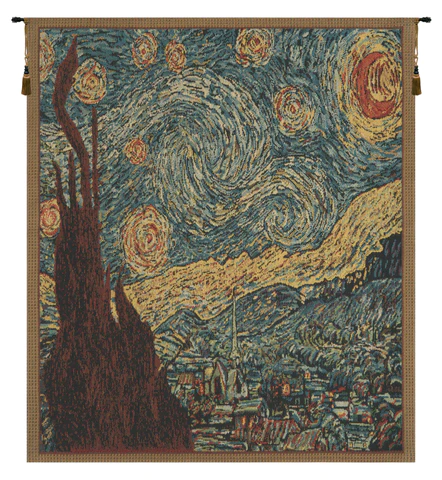Introduction
Tapestries are regarded as art that efficiently blends history and cultural significance. It helps in adding a unique and creative touch to our interior space. Besides their aesthetic appearance as a decorating element, these elaborate rich textile arts are a historical testament and help unfold a narrative that gradually reveals itself over time. These intricately woven works of art function as silent storytellers, capturing the spirit of many historical societies. Tapestries have a rich and diverse cultural history spanning from prehistoric times to modern societies. In this blog, we will discuss the cultural significance of tapestries in different societies.
Ancient societies
Tapestry weaving has a long history in ancient civilizations like Egypt, Greece, and Rome. Not only were tapestries ornamental items in these prehistoric societies, but they also served as status, power, and money symbols. Nobles and royalty frequently commissioned tapestries depicting battle scenes, mythological stories, and royal ceremonies to adorn their palaces. As a result, these societies' social and political structures became entwined with the craft of tapestry weaving.
Medieval societies
During the Middle Ages, tapestry production increased dramatically and peaked in European courts. Threads were turned into visual feasts by skilled artisans in monasteries and workshops, which developed into centers of creative innovation. As educational tools that explained biblical tales and moral lessons, tapestries were essential in delivering religious tales to a predominately illiterate populace.
An example of the 11th-century art and history blending of this period is the magnificent Bayeux Tapestry. Illustrating the Norman Conquest of England, it captures the turbulent political and cultural climate of the era and provides a distinctive window into medieval society.
Eastern Elegance
While Europe was introduced to the Renaissance, the eastern part cultivated its own rich tradition of tapestry artistry. In Asia, mainly in China and Japan, silk threads were used to weave tapestries, producing opulent fabrics used to decorate temples and imperial palaces. The great impact of nature and literature on Eastern cultures was reflected in these finely wrought pieces, which frequently included landscapes, floral designs, and scenes from classical literature.
Modern societies
In modern times, tapestries are still relevant and continue to explore their ancient craft blending with modern designs and interpretations. Various social and political movements and recent works of contemporary artists find expression through the art of tapestry.
Cultural value
Analyzing all societies, tapestries were an excellent element to reflect the cultural practices, rich heritages, and art forms of respective societies. They used to spread unique identities and worldviews such as with the Persian carpets expressing the elegance of East and Ancient mysticism through its detailed and intricate designs. European tapestry portrays their political affairs to the arts of famous painters. This way tapestry helped bridge the gap between various cultures among different societies.
Conclusion
The cultural importance of tapestries transcends geographical boundaries and historical periods, creating a story that unites people throughout time. These works of textile art are more than just ornamentation; they capture the spirit of societies and tell tales of victories, misfortunes, and the human condition. Home decor tapestries are the manufacturer of this historical piece of art. Go and visit their website to purchase a tapestry today!


No comments yet